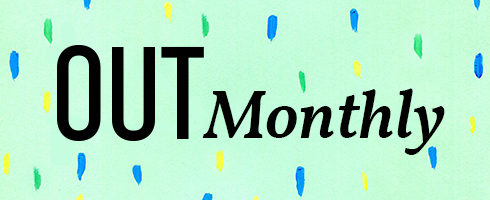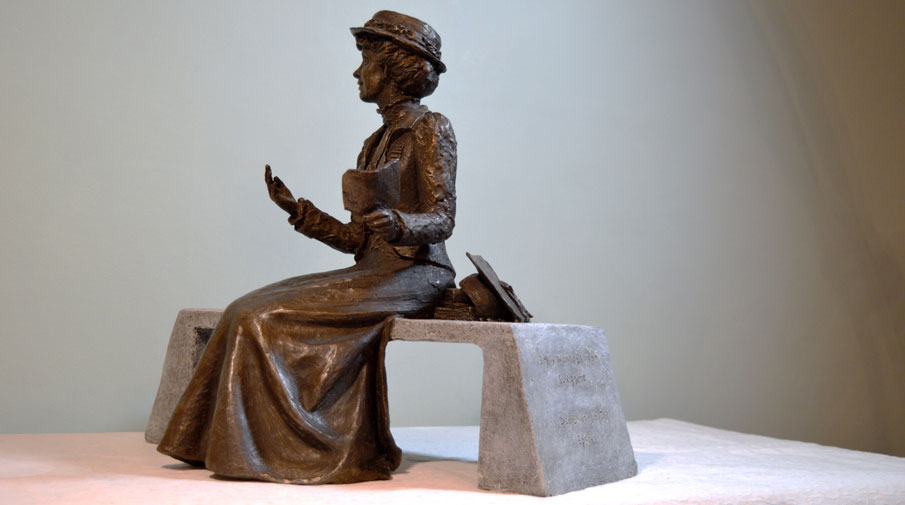Growing up in Epsom, I never realised my hometown has a small but significant footnote in history as the place where, in 1913, Emily Wilding Davison died after falling under the King’s horse during the Derby. Her death was one of the most shocking episodes in the suffragettes’ campaign to win the vote for women.
Contrary to popular myth, it is now understood that Emily planned to attach a banner to the horse before the race. The plan changed when she saw people who would have recognised her, risking her arrest. Knowing the cameras were filming, Emily ran onto the course to try to pin the sash to the bridle of the King’s horse. The horse reared and his hoof caught Emily on the back of her head. She never recovered from her injuries.
Now a small but committed group is campaigning to raise a statue of Emily in Epsom’s newly refurbished market place. Sarah Dewing chairs the Emily Davison Memorial Project committee which is made up of six local people and one of Emily’s descendants, Phillipa Bilton. ‘The council was planning events for the centenary of her death in 2013. I suggested a piece of public art on Epsom Downs. Sadly, we had problems with the site and had to abandon the project. In 2018, fellow Emily enthusiast Paul Taylor asked if I would revive the project to mark the centenary of the Representation of the People Act. We decided a bronze statue of Emily in the town centre would be accessible to locals and visitors. We’ve raised more than £8,000 so far and the council has pledged £20,000 towards our £50,000 target. We hope local businesses and residents will get on board in 2020 as we believe the statue will put Epsom on the map.’
Sculptor Christine Charlesworth is happy to take on the commission. ‘I want to create a statue that would not just remember how she died, but how she lived. Emily was a kind, brave, clever woman. She had many friends, a good sense of humour and two University degrees, although she was not awarded them as she was a woman. Emily hid in a cupboard in the Houses of Parliament on census night so that her address would be recorded as ‘House of Commons’. She was imprisoned and went on hunger strike seven times. During the brutal force-feeding, she had teeth knocked out and suffered partial paralysis to her face. This explains why, in later photographs, Emily was never smiling.’
‘Emily will be sitting on her bench, in the centre of Epsom, with plenty of space for people to sit beside her. She will wear the hat she wore on that fateful day, her Holloway prison badge, her suffragette badge and her Hunger-Strike medal with 7 bands for each of her long ordeals in prison. Emily will be turned slightly towards whoever sits beside her, as though engaging them in conversation. I hope that everyone who sits beside her will want to know Emily better.’
There aren’t enough statues of women in this country; we need to acknowledge the debt we owe our foremothers. A statue of Emily Davison in Epsom would stand for something powerful: that democracy is worth fighting for and that her sacrifice wasn’t in vain. A woman lost her life in our town in the struggle for women’s rights and she deserves to be remembered.
emilydavisonproject.org
@emilydavisonproject
Words by Phoebe Frangoul





